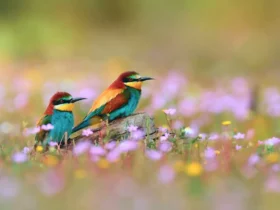High up in the majestic Himalayan mountains, a small bird with striking blue plumage flits through the forests, captivating all who catch a glimpse of its beauty—the Himalayan Bluetail. With its vibrant colors, elegant form, and captivating song, this avian gem adds a touch of enchantment to its mountainous habitat. In this article, we will explore the fascinating world of the Himalayan Bluetail, delving into its appearance, habitat, behavior, and the importance of conserving this remarkable species.
Himalayan Bluetail images
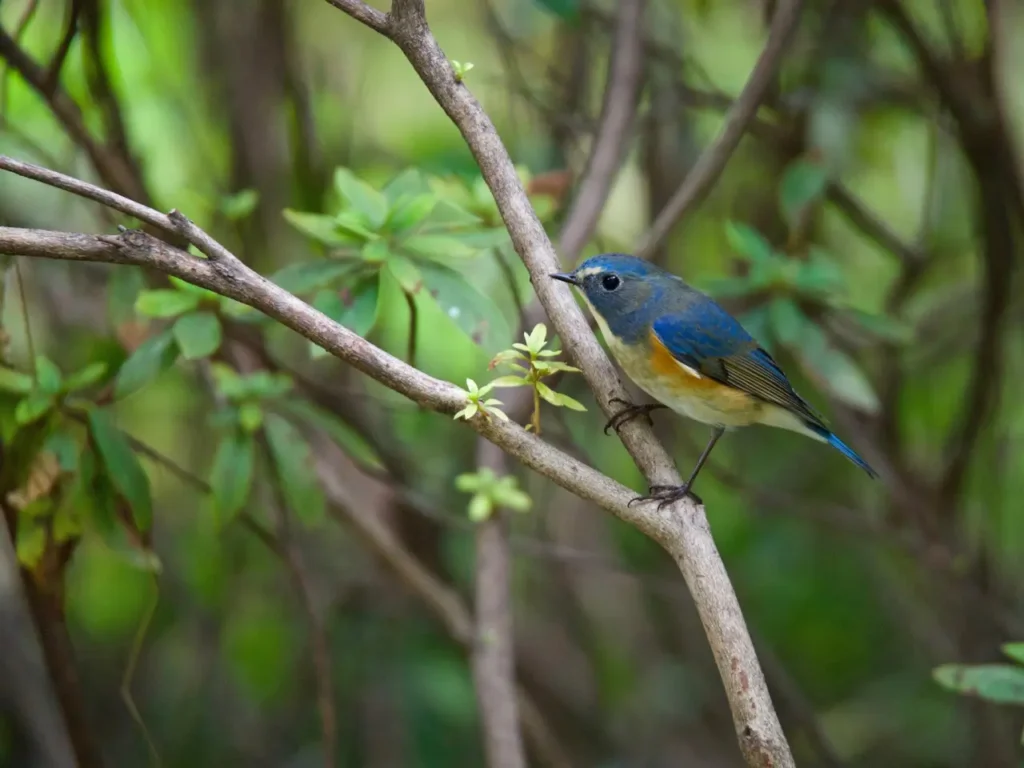
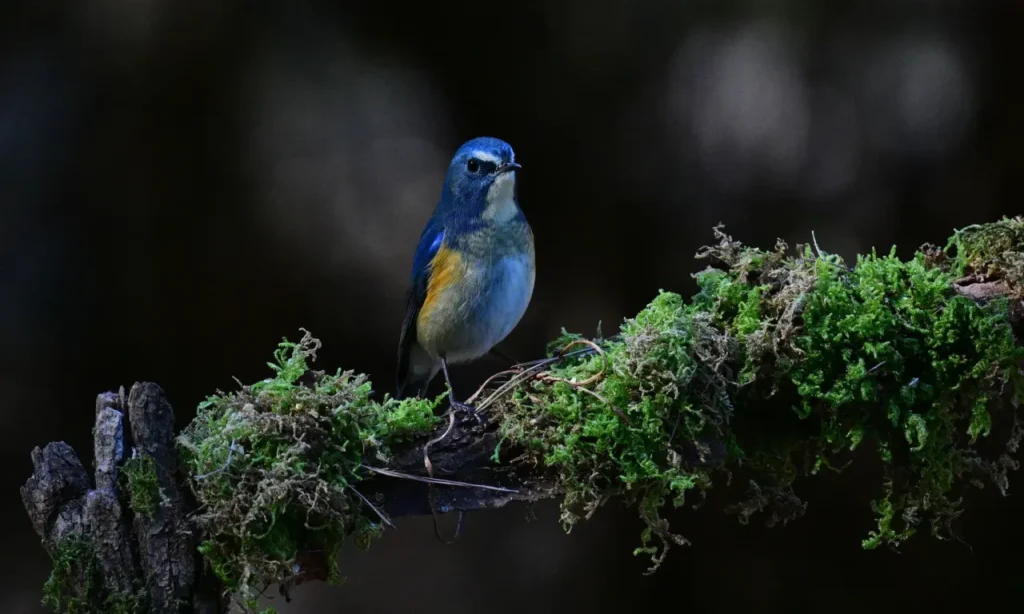
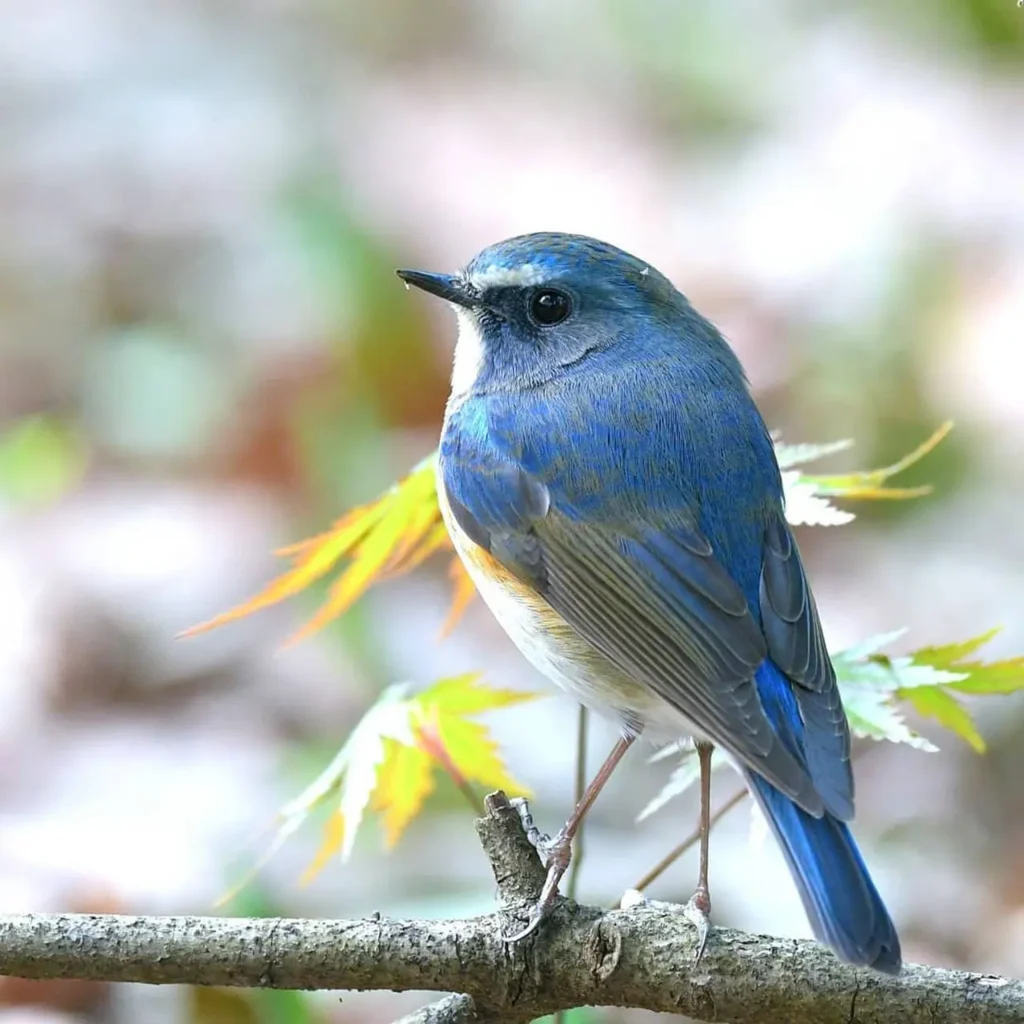
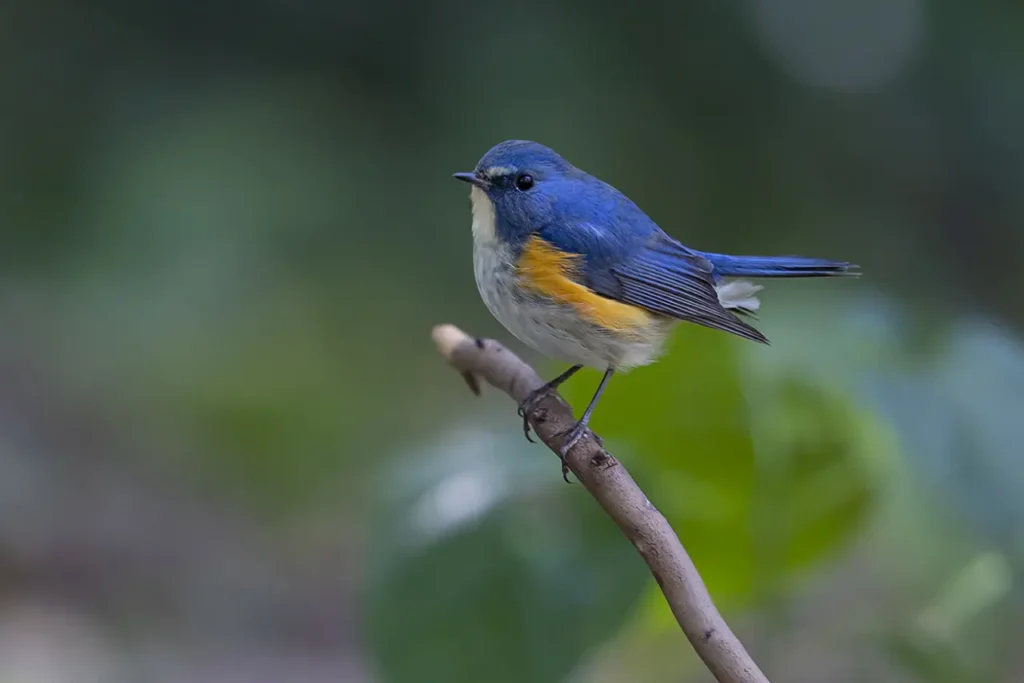
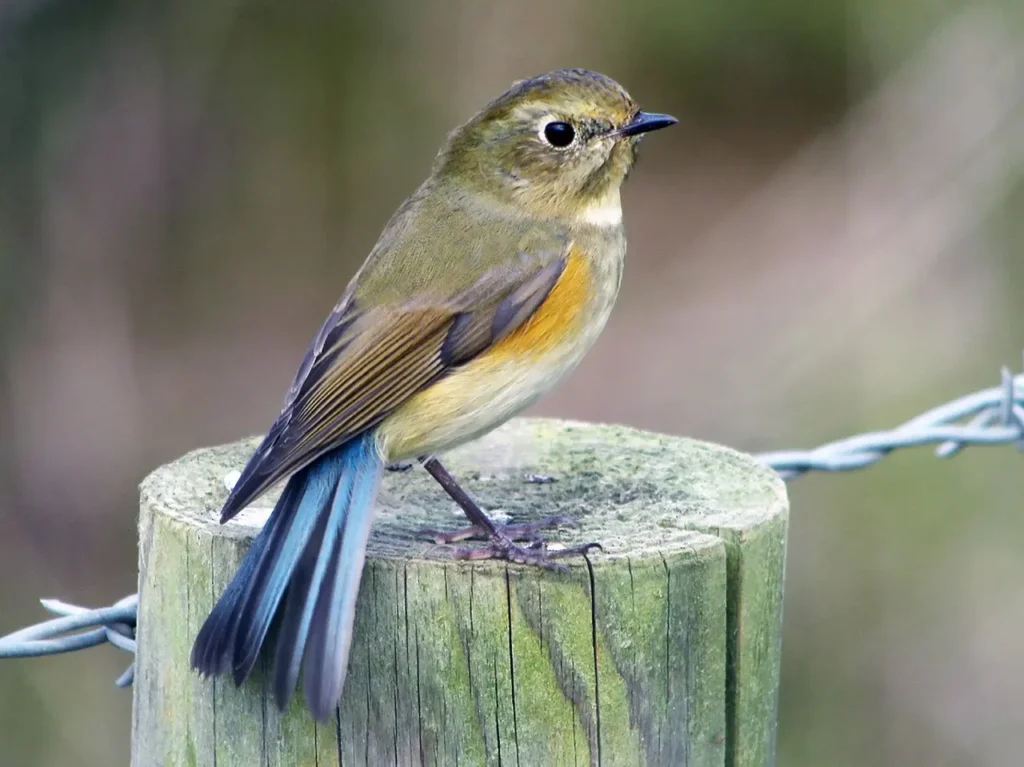
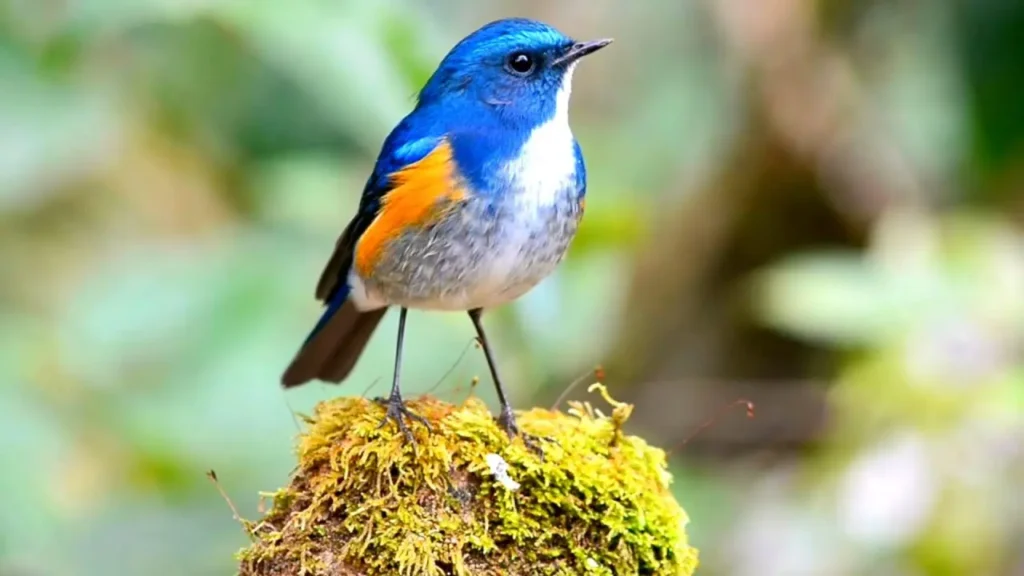
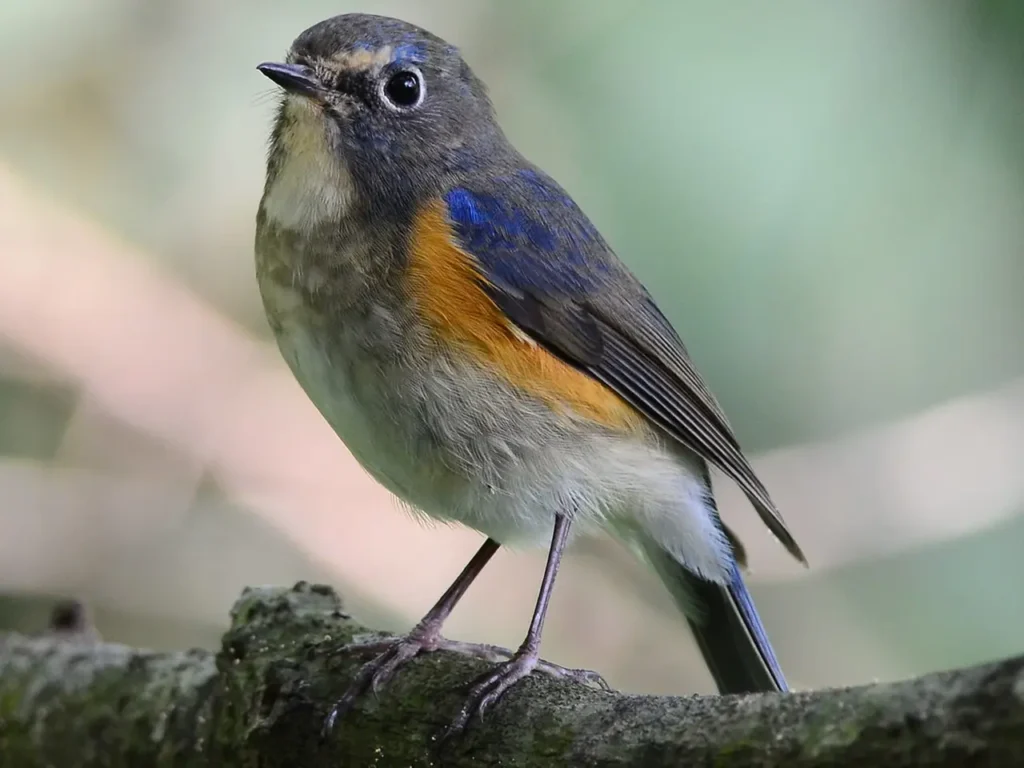
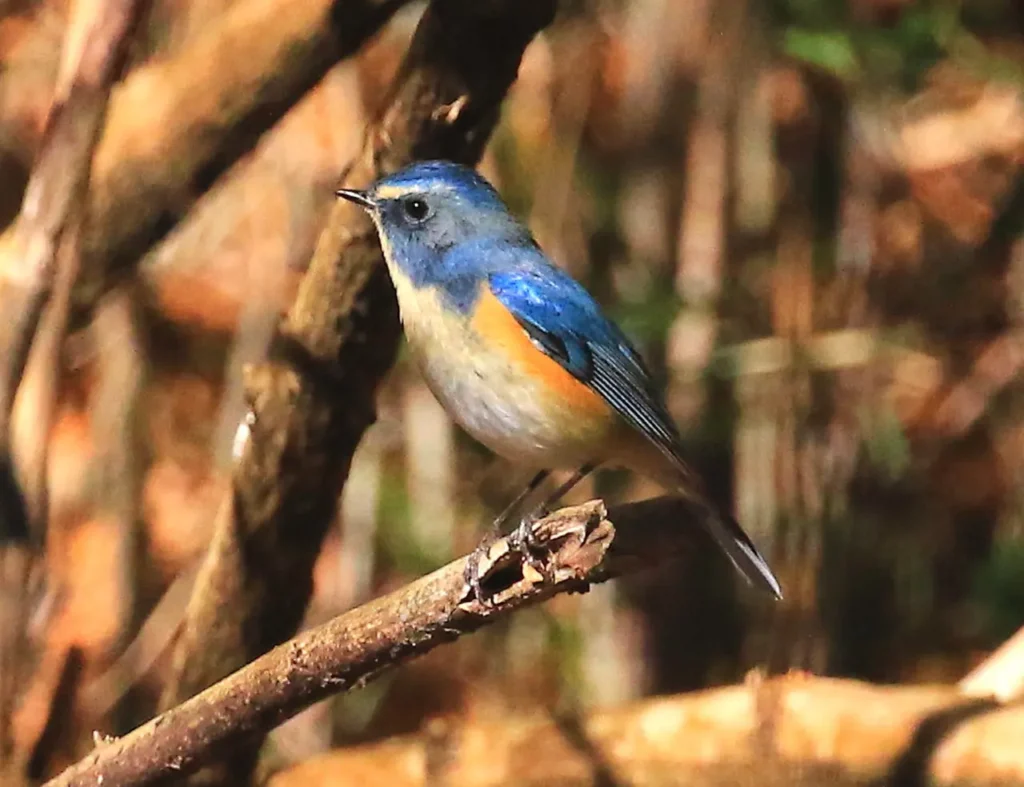
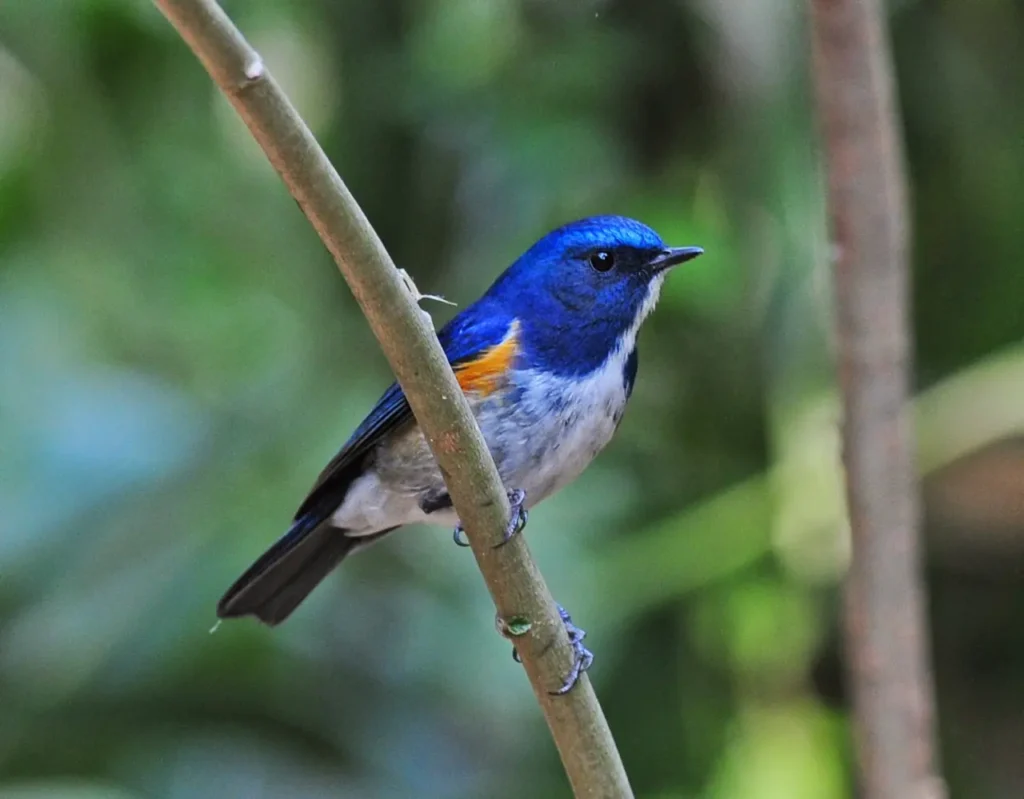
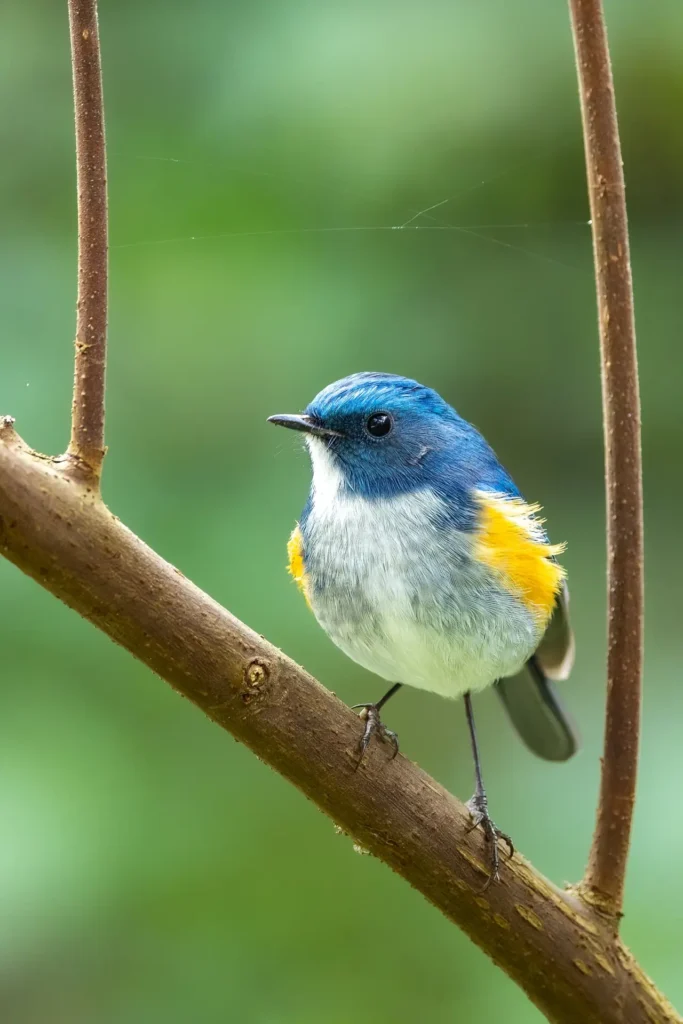
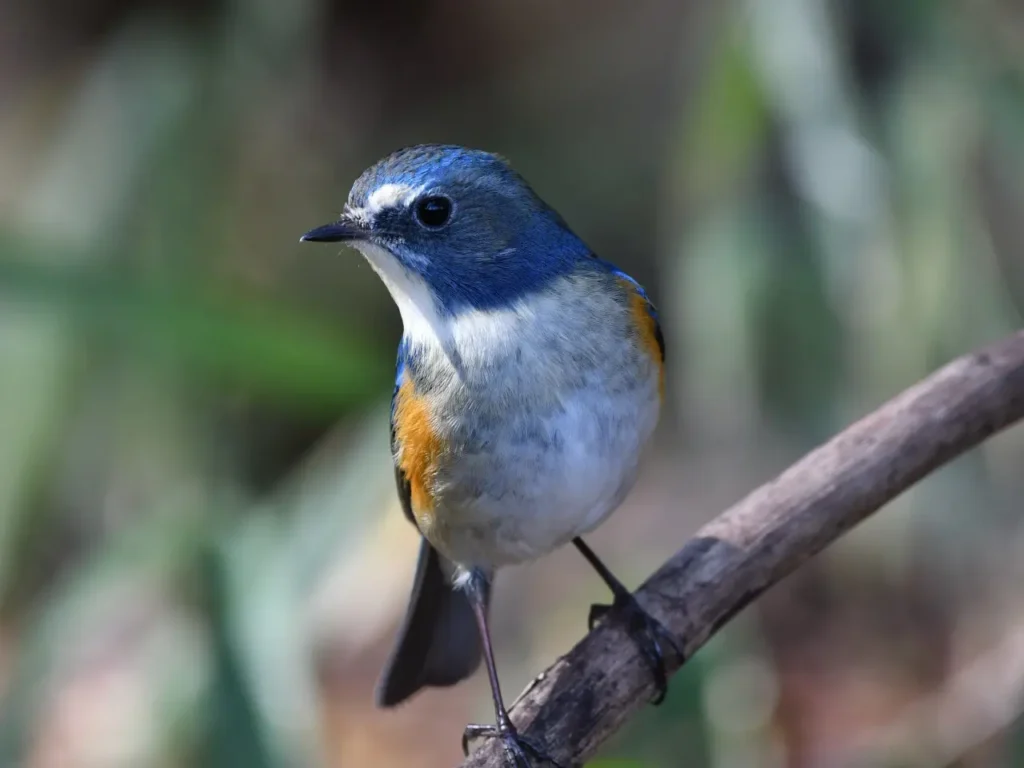
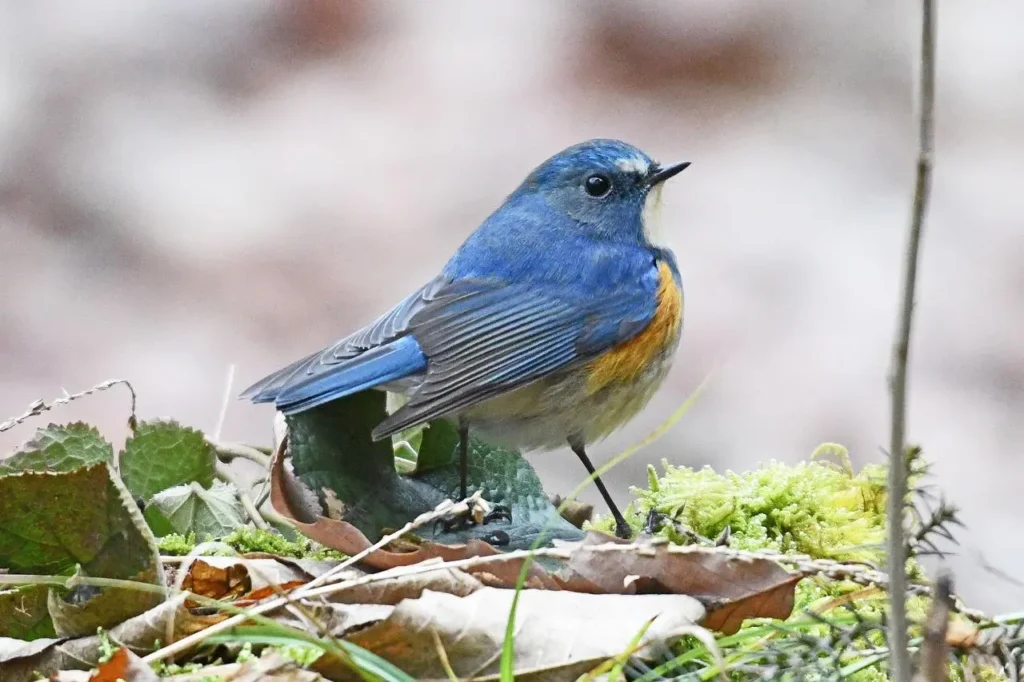
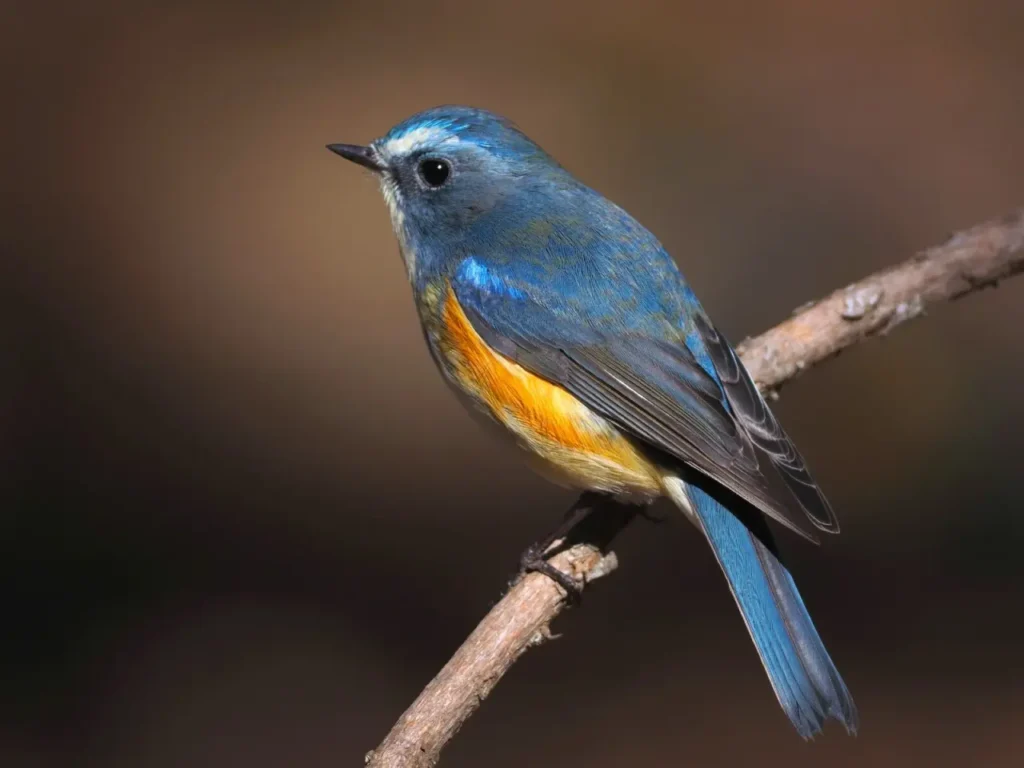
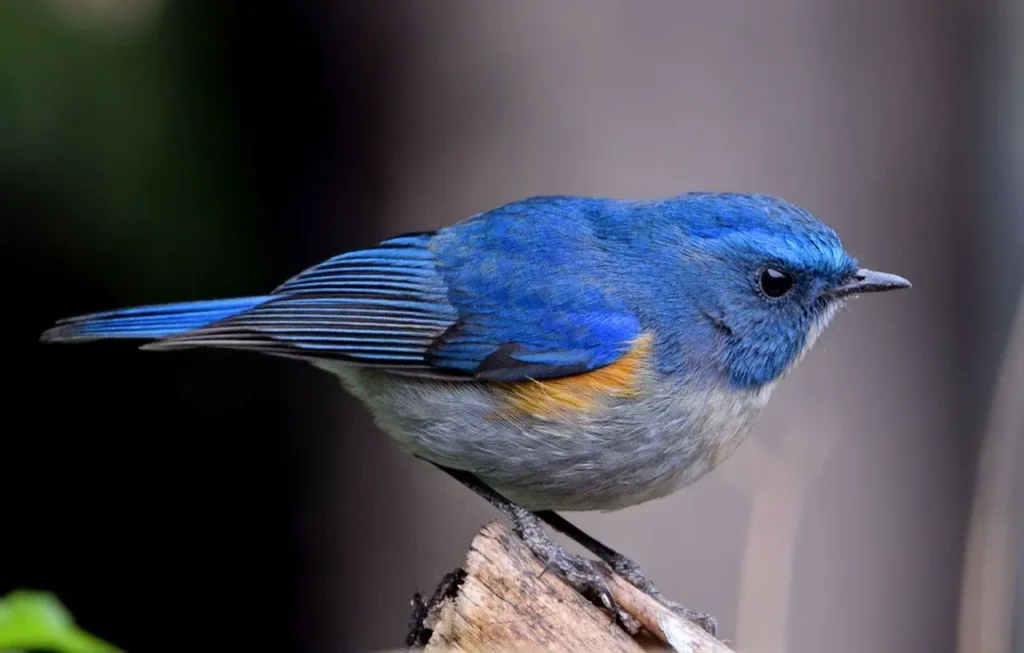
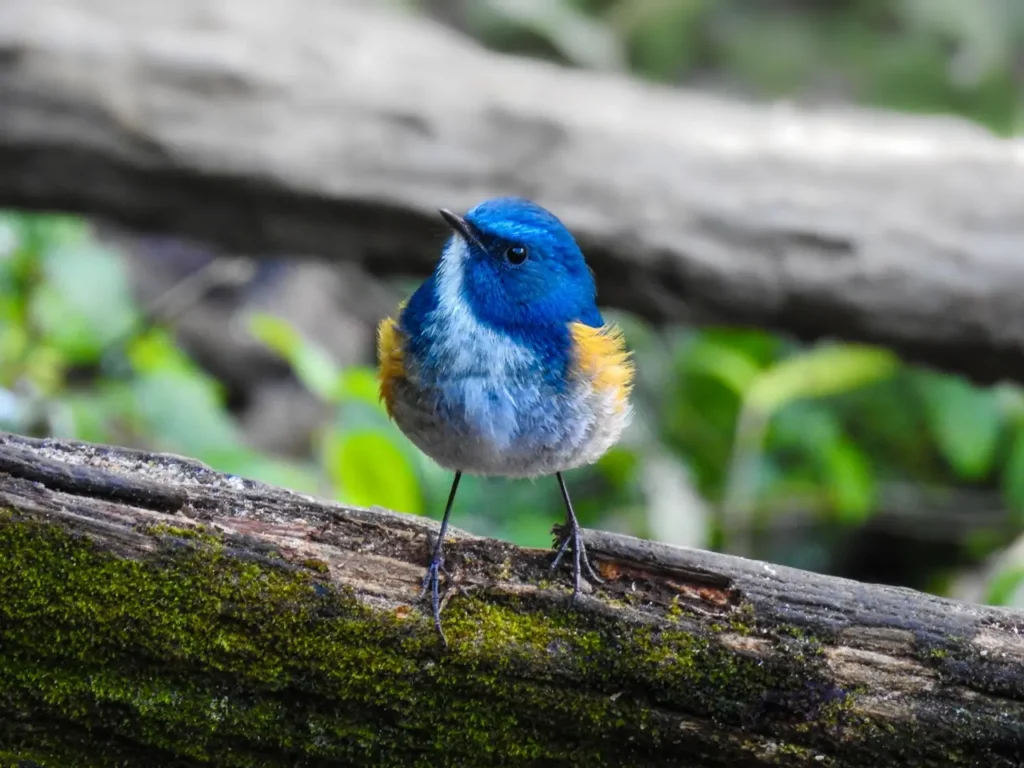
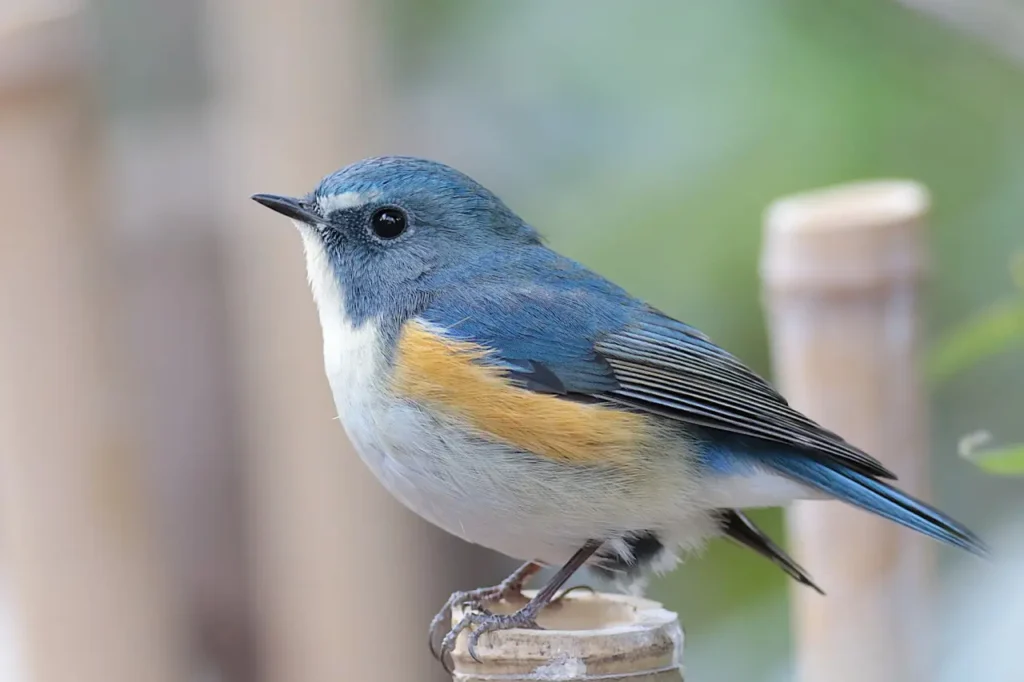
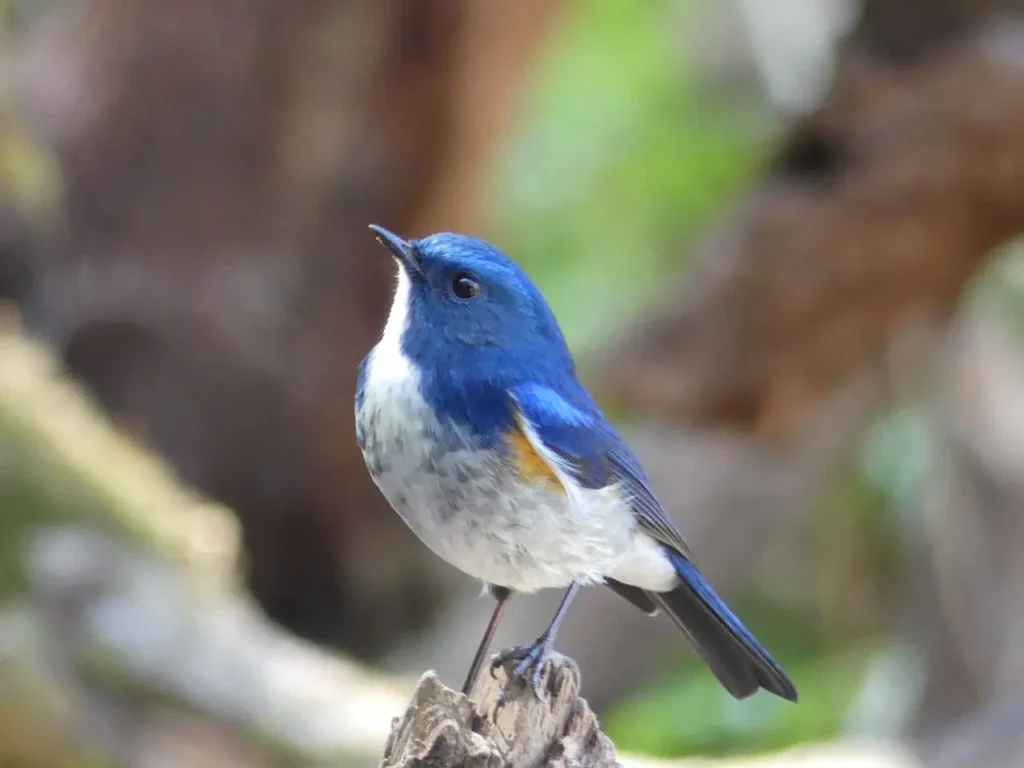
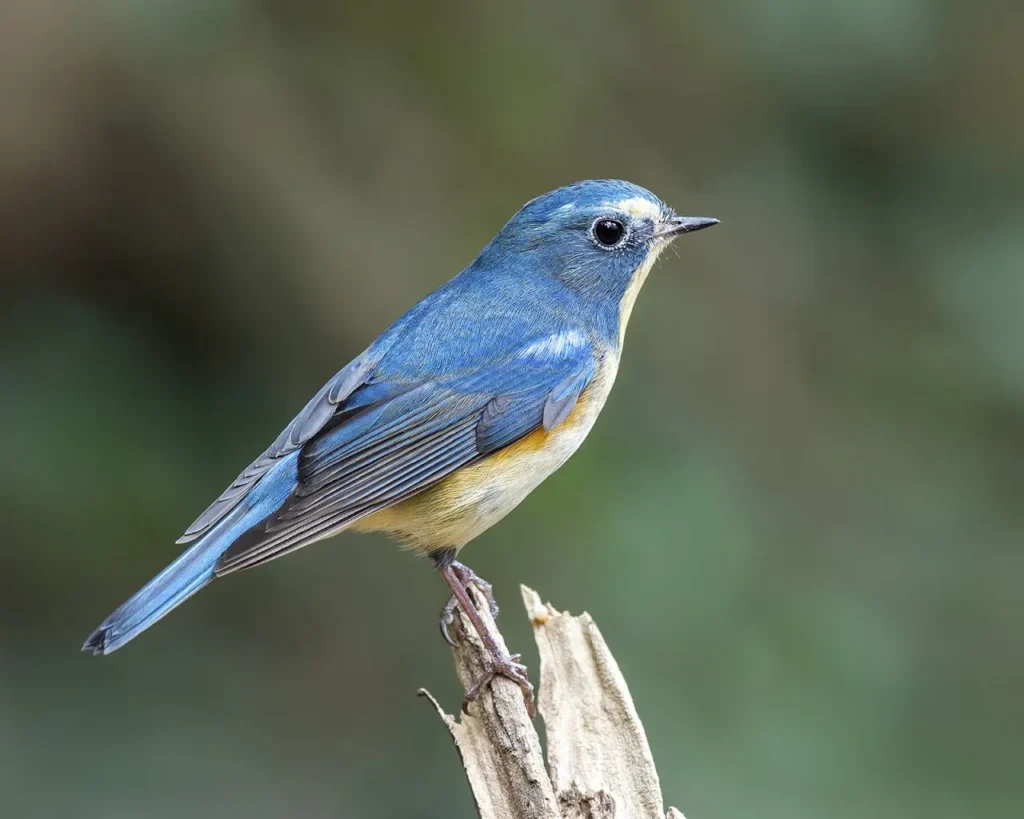
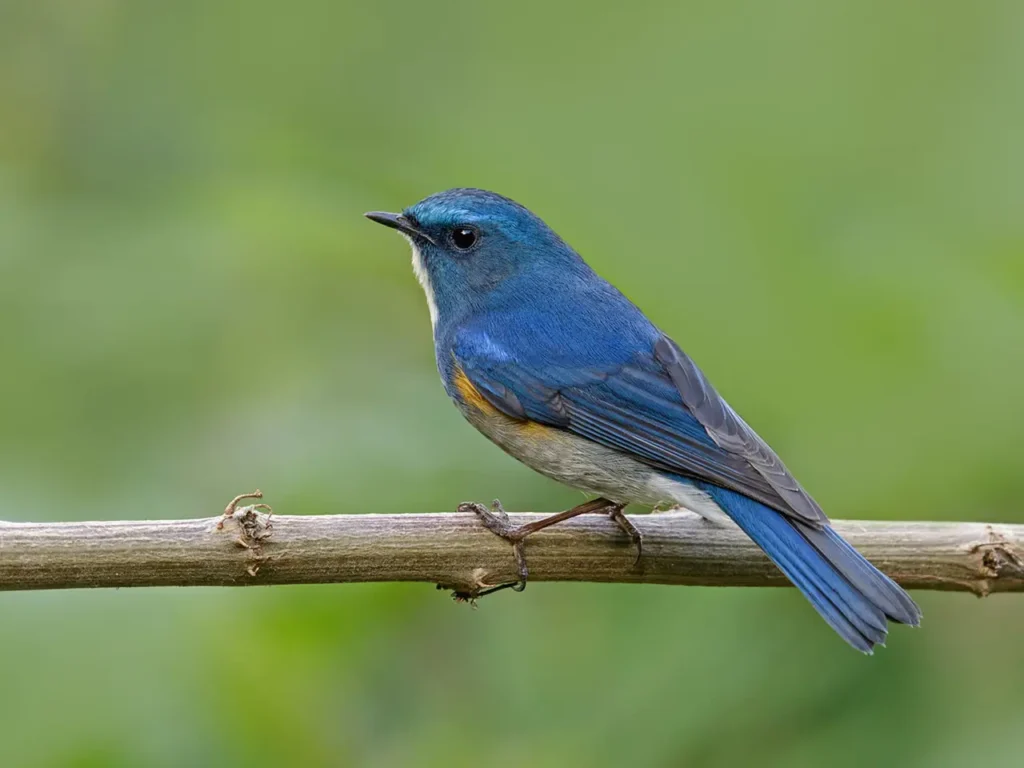
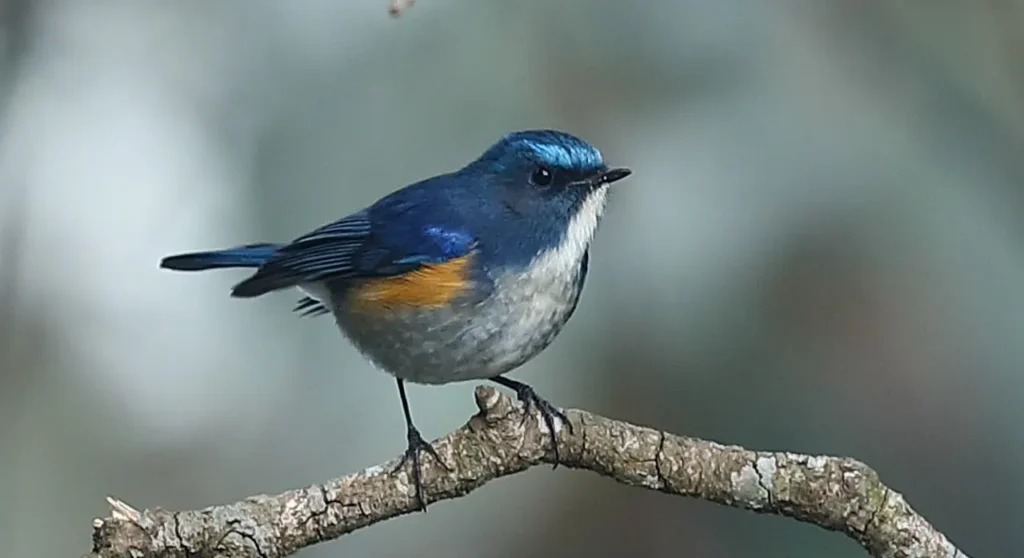
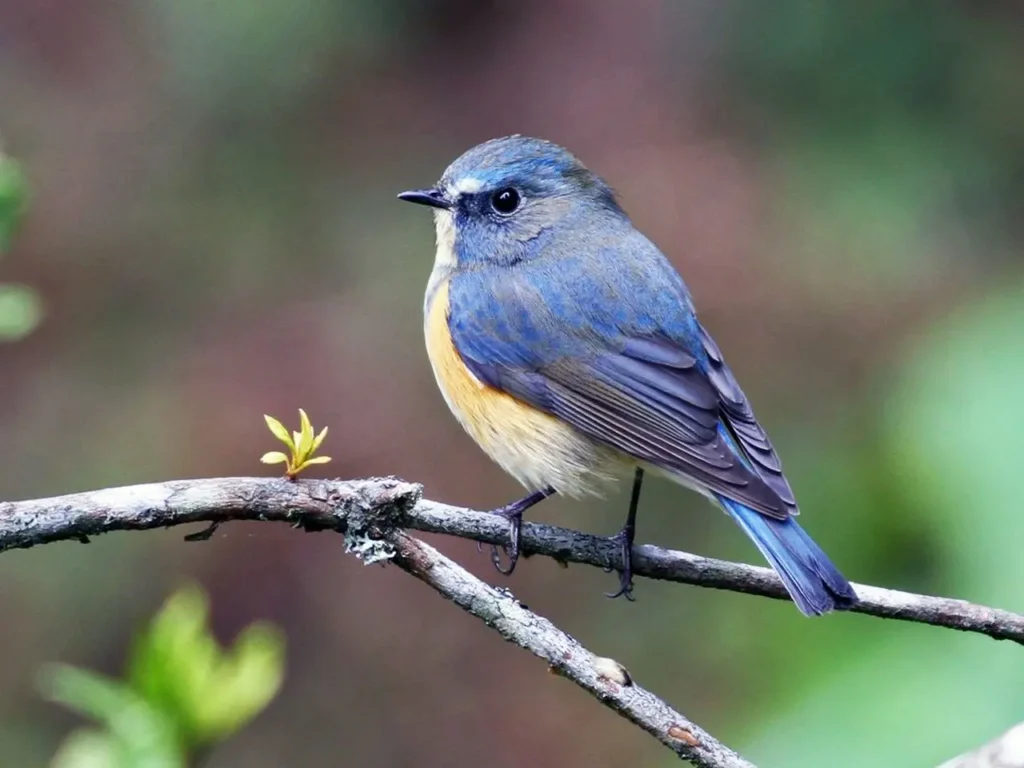
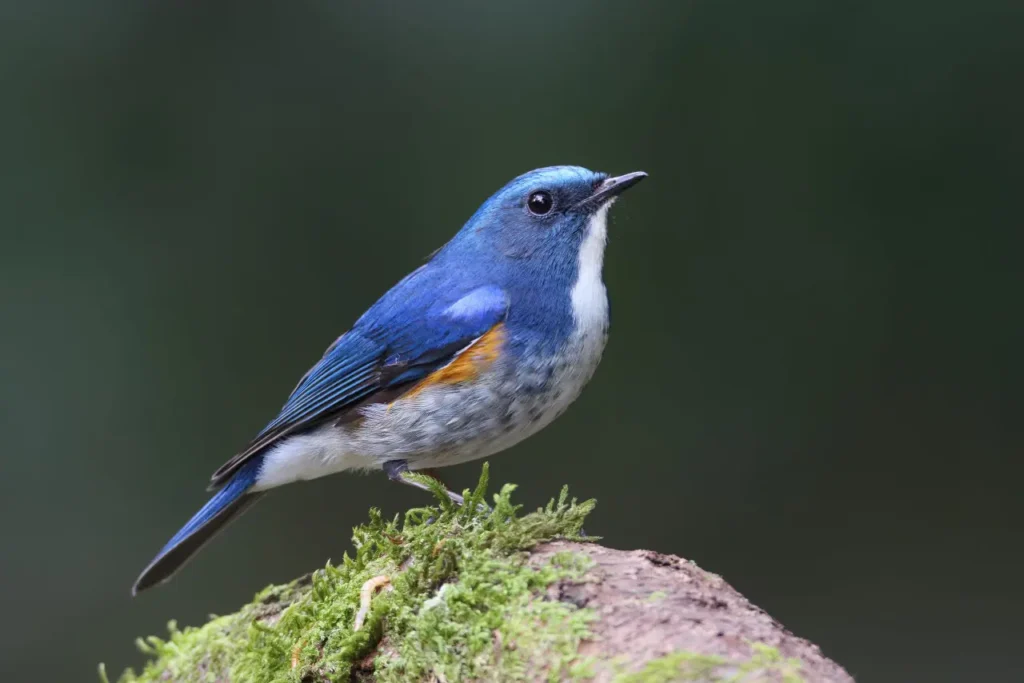
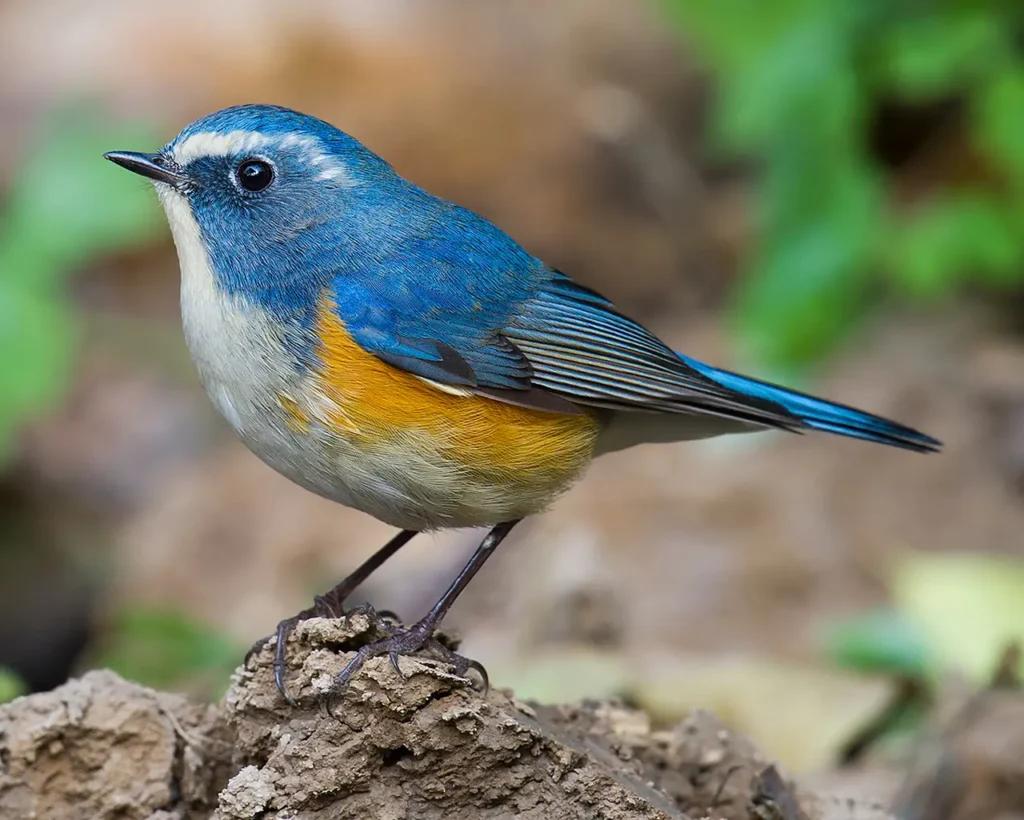
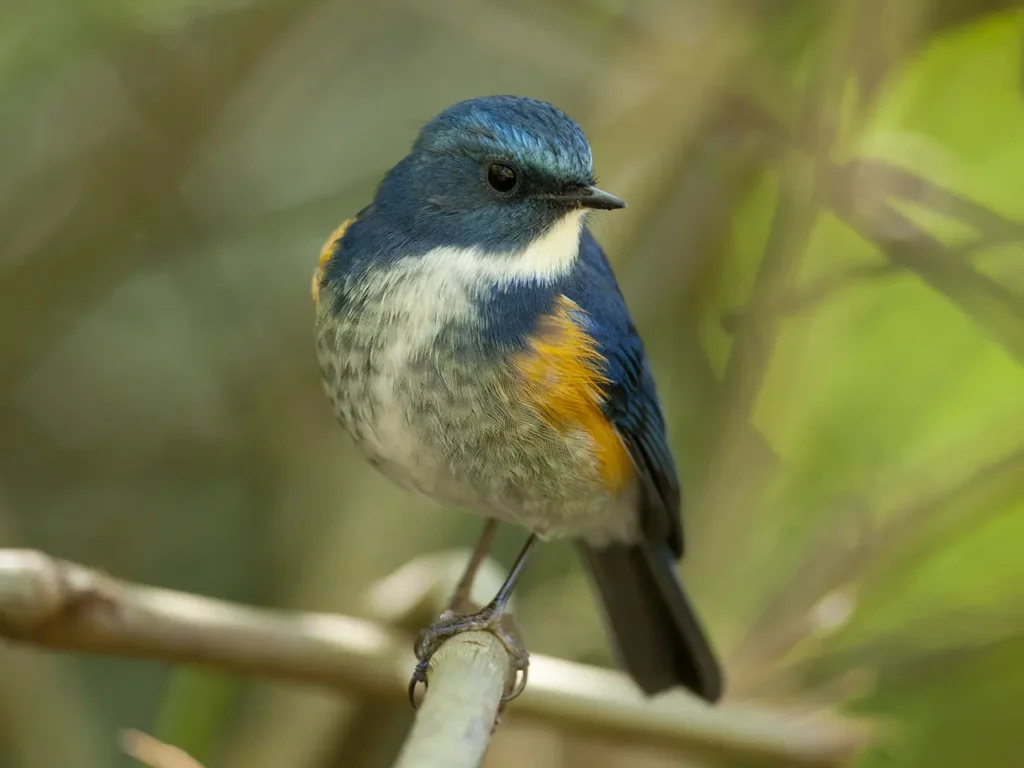
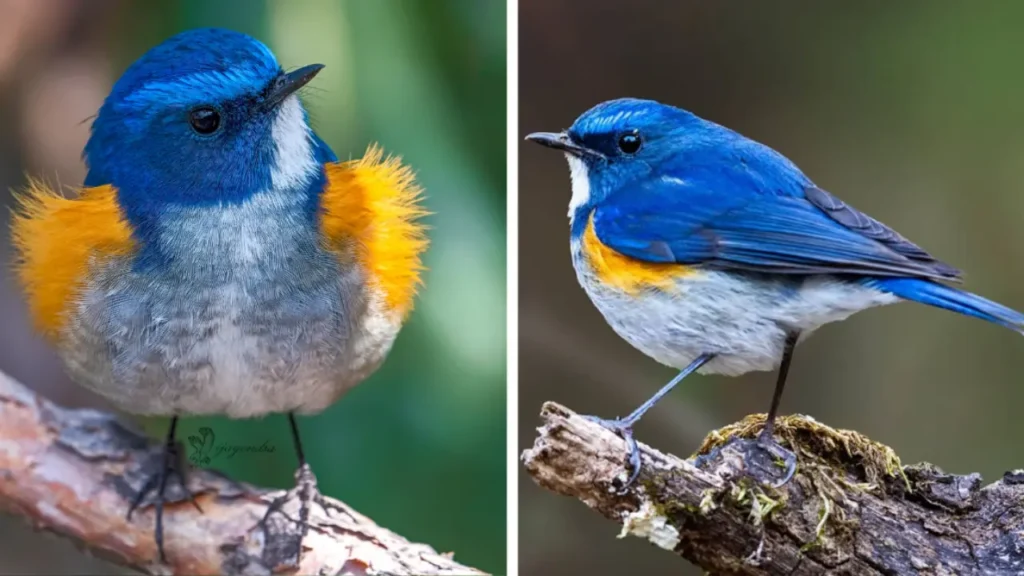
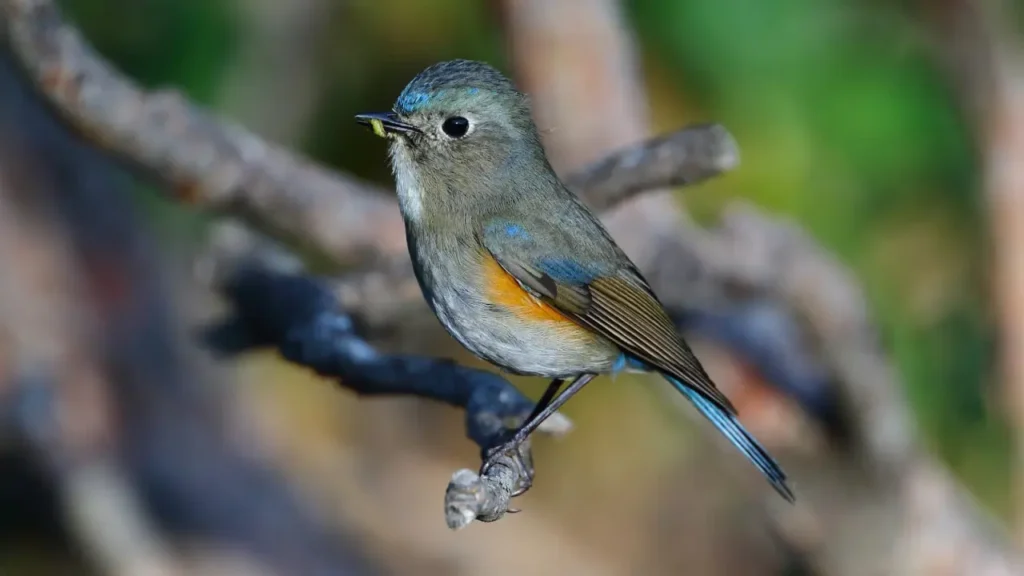
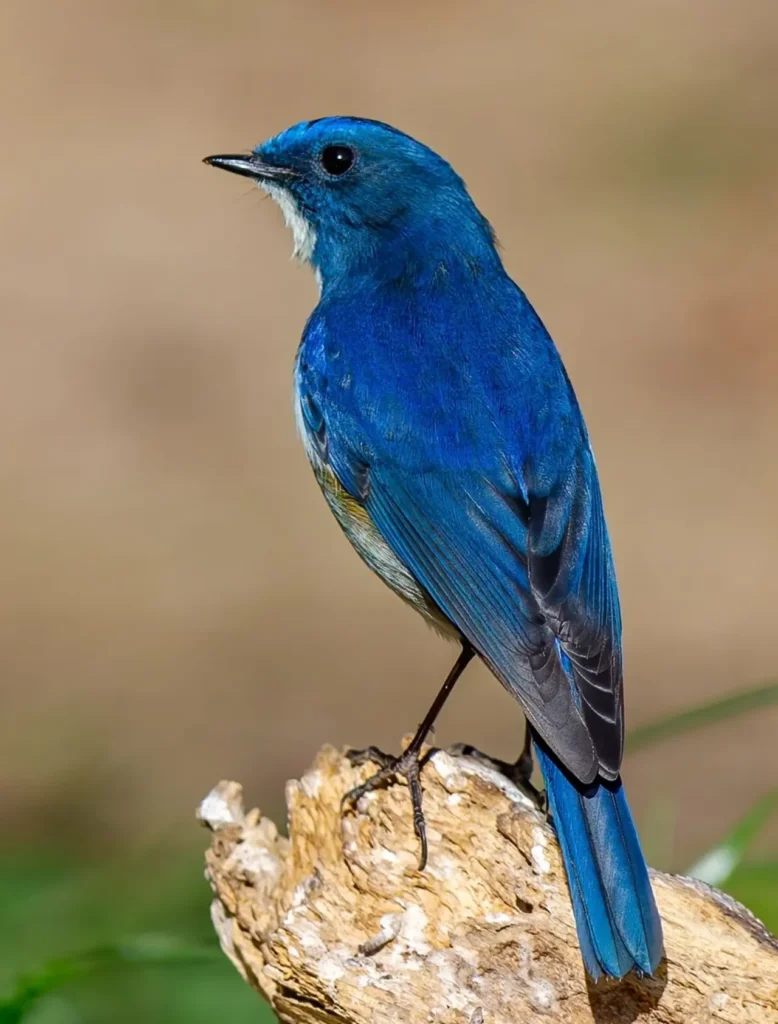
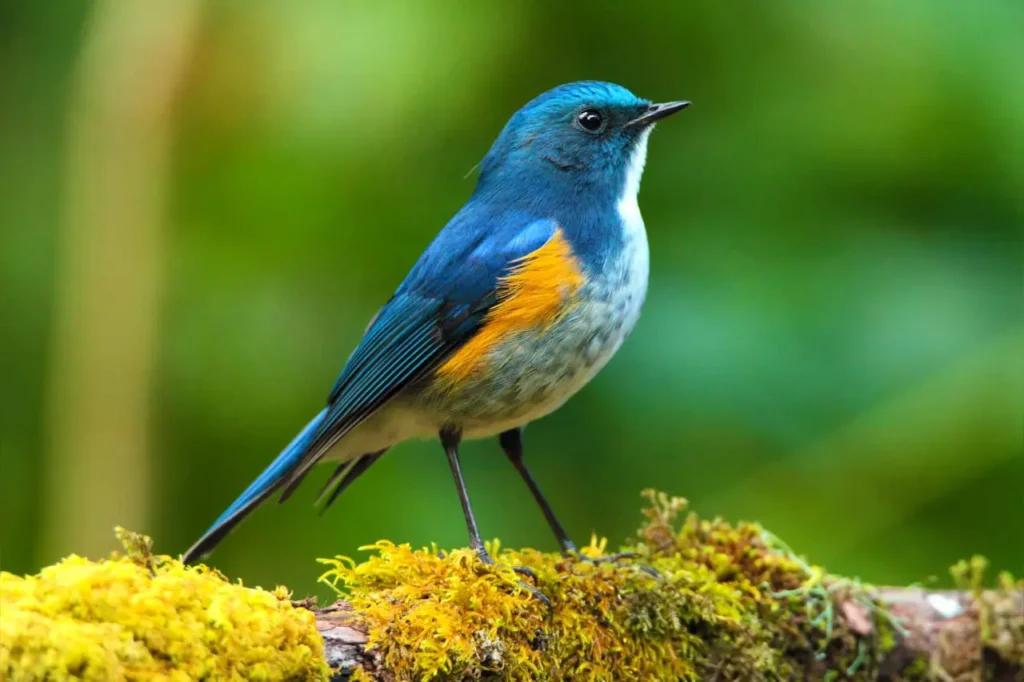
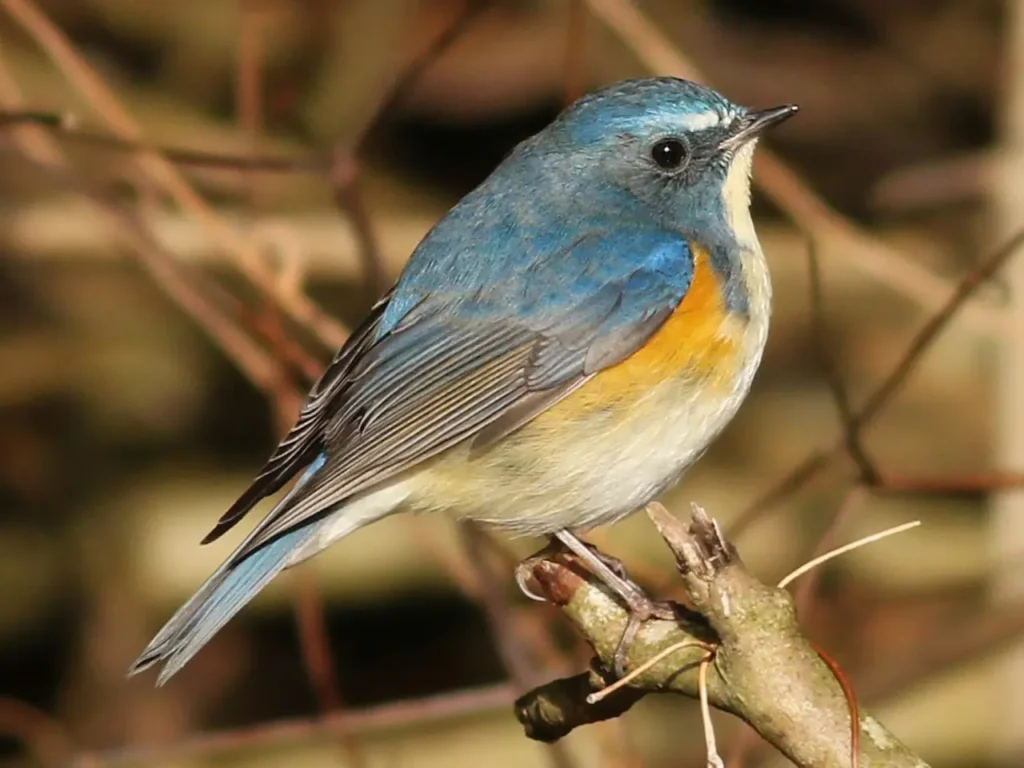
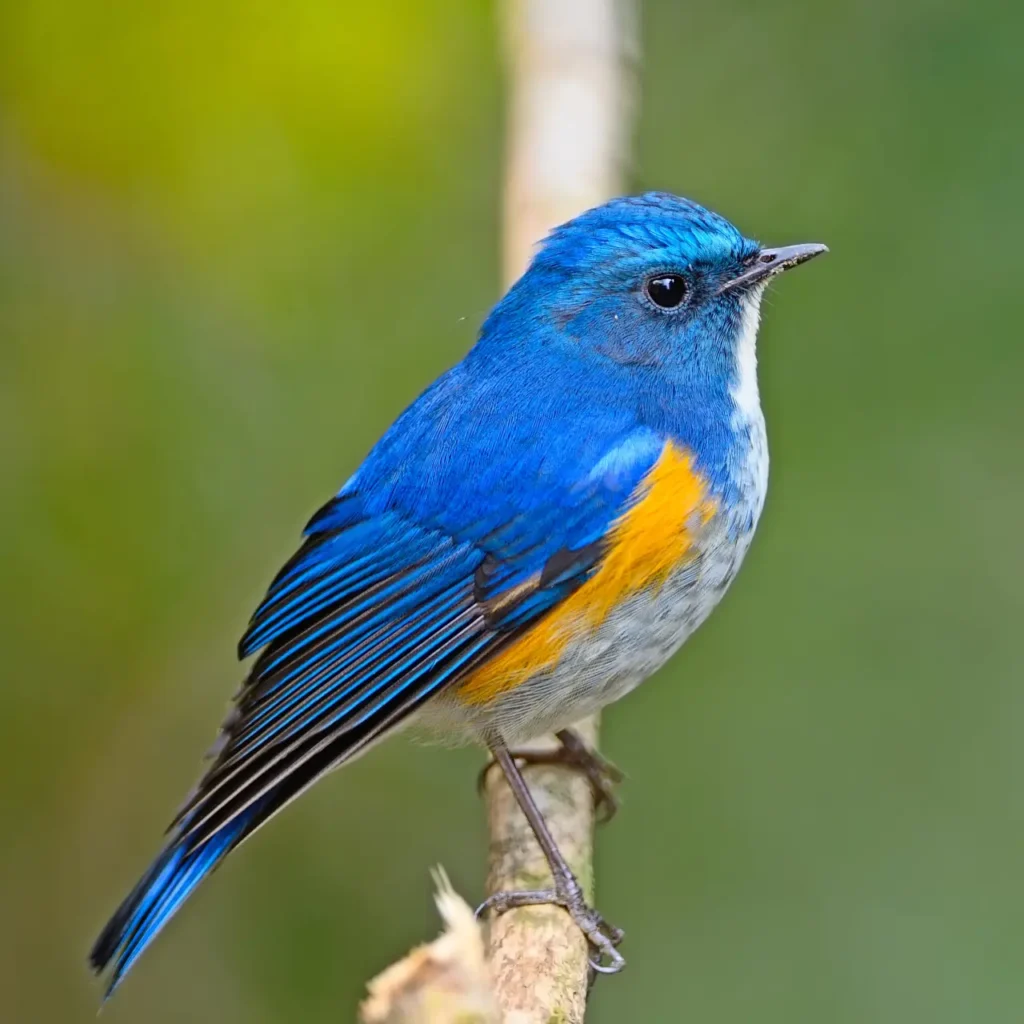
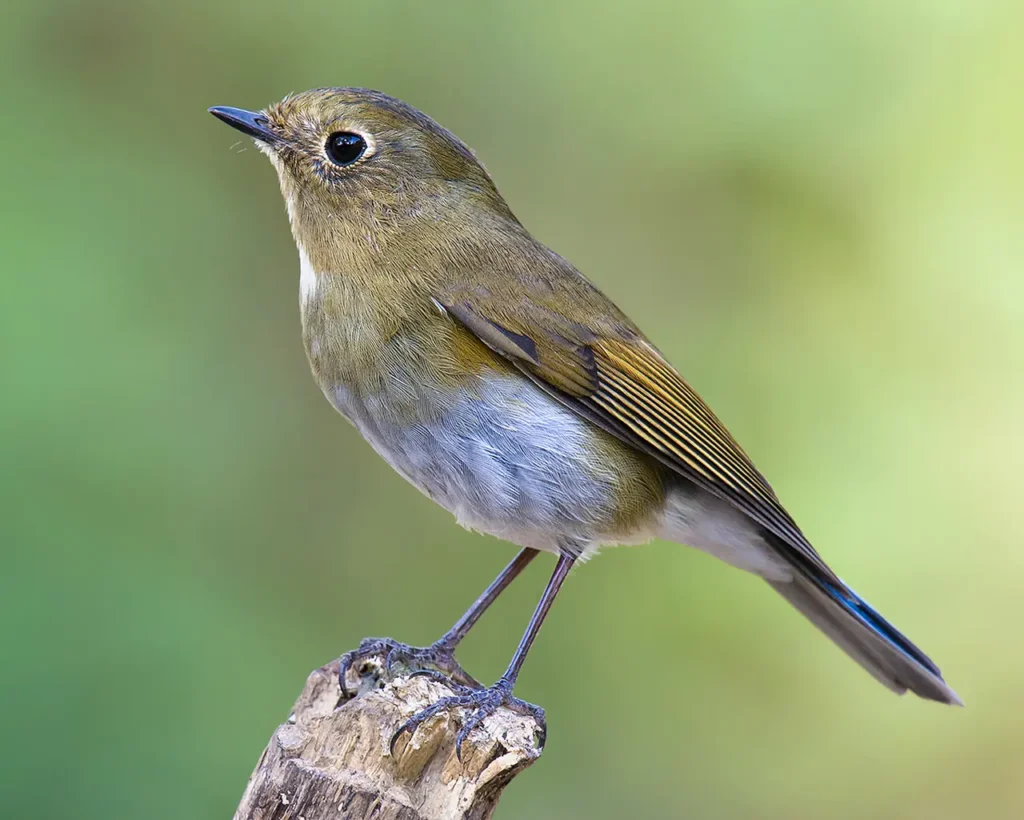
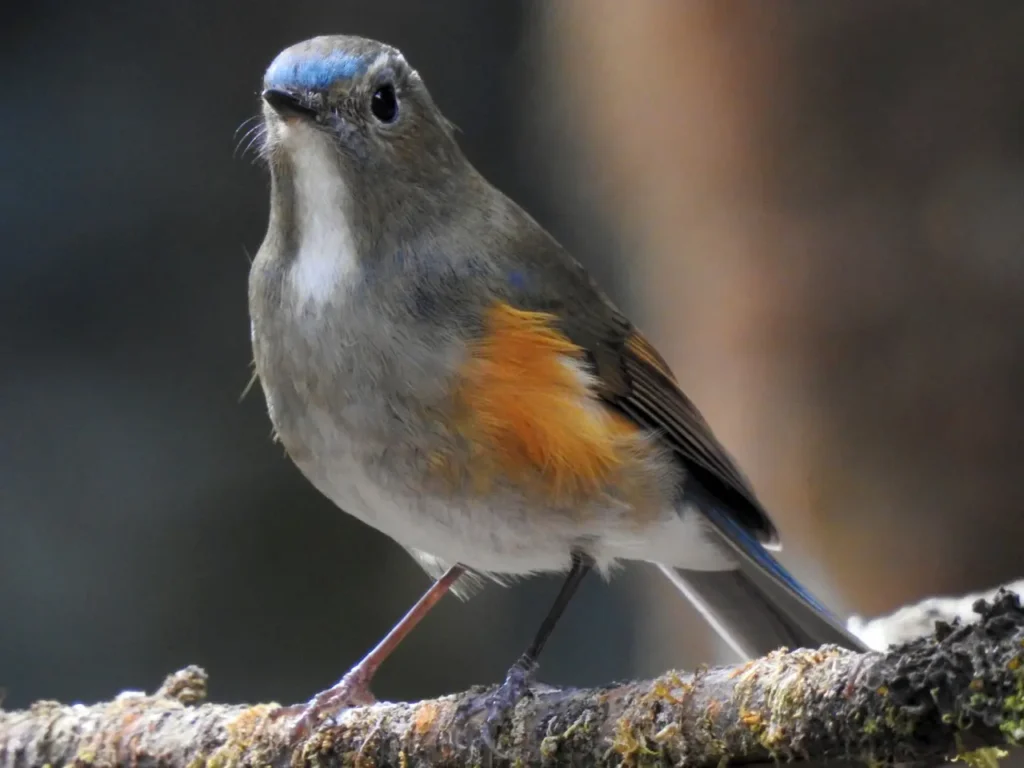
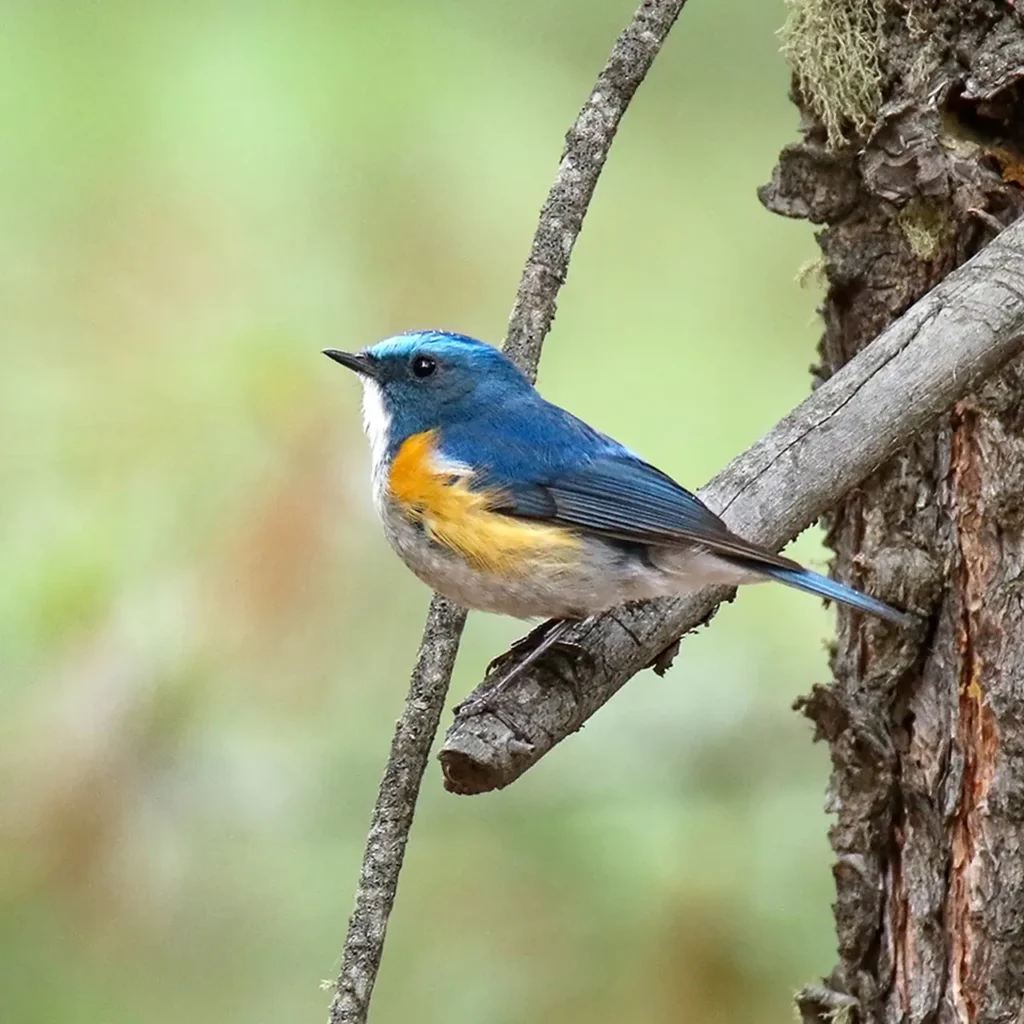
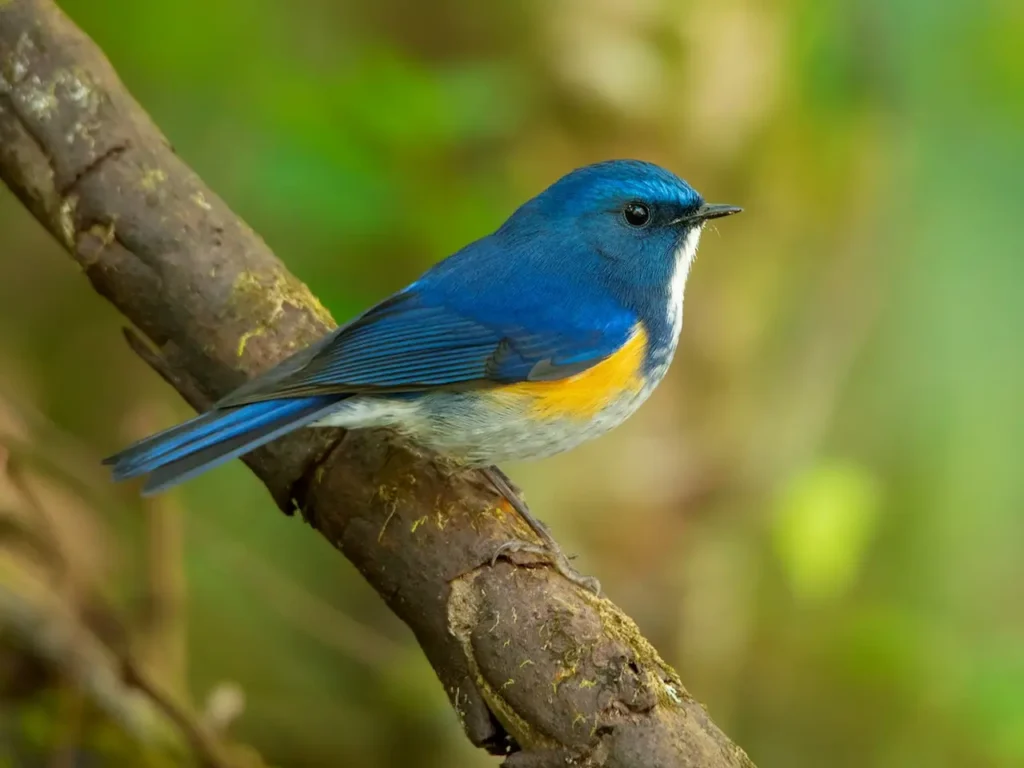
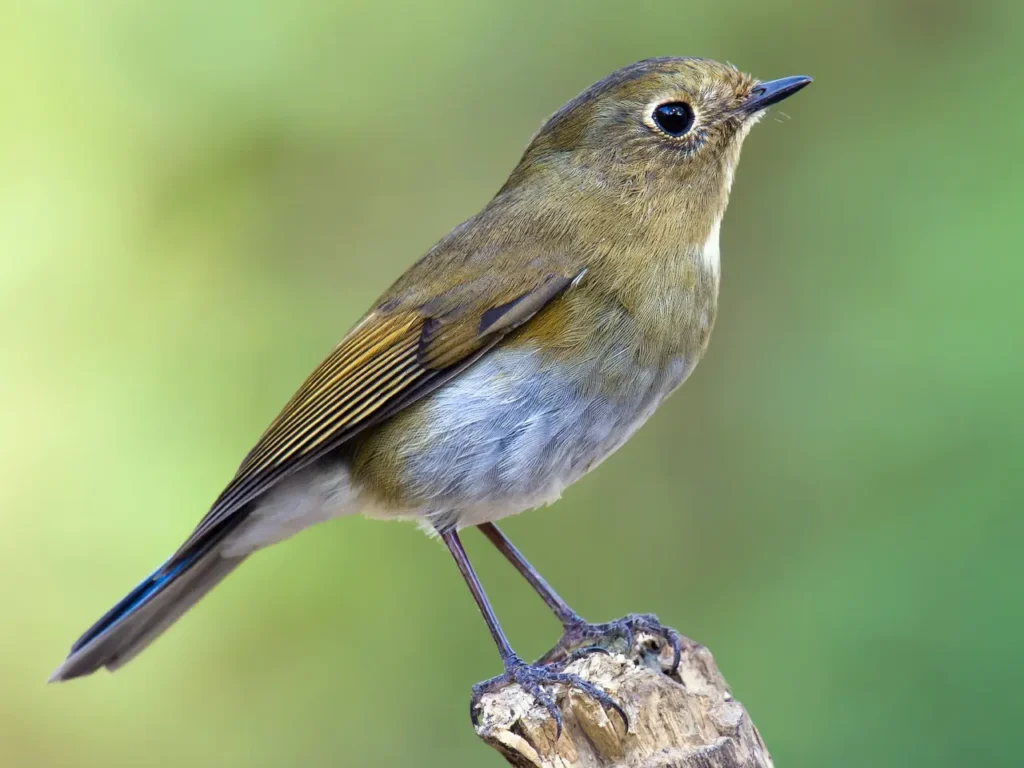
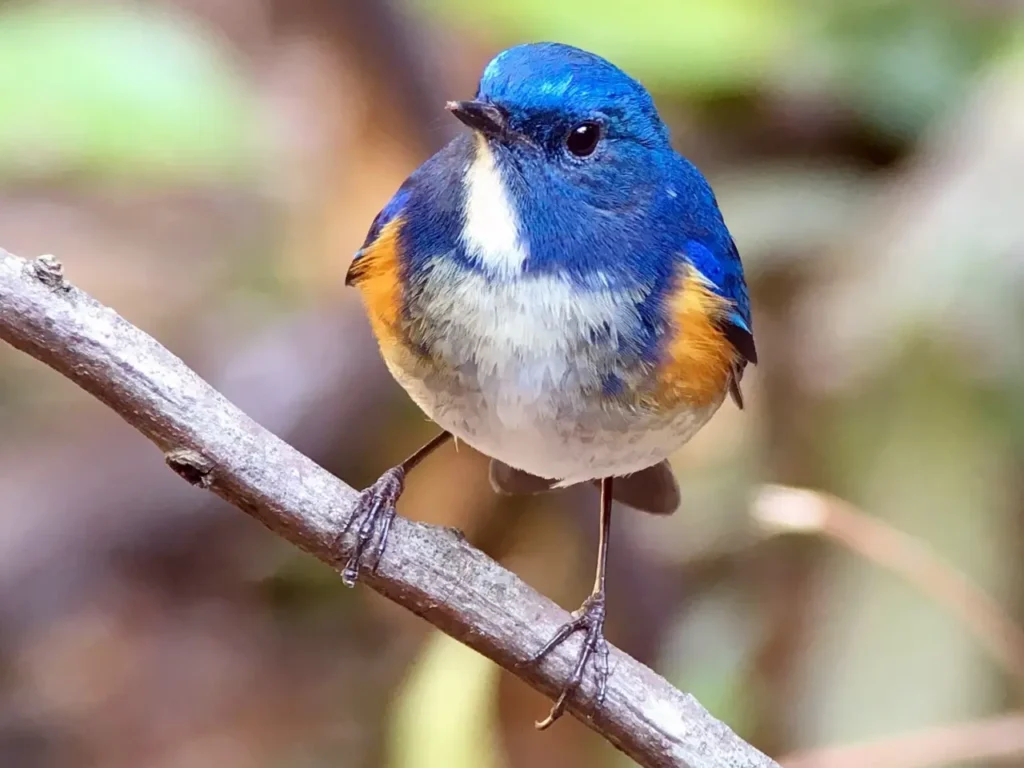
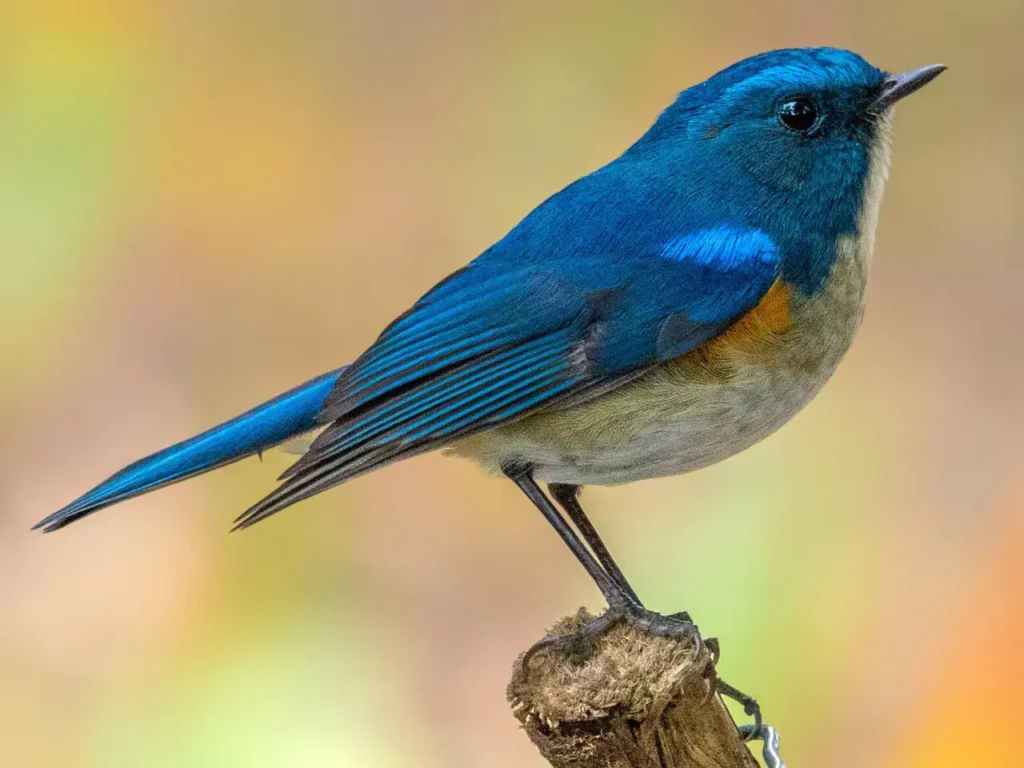
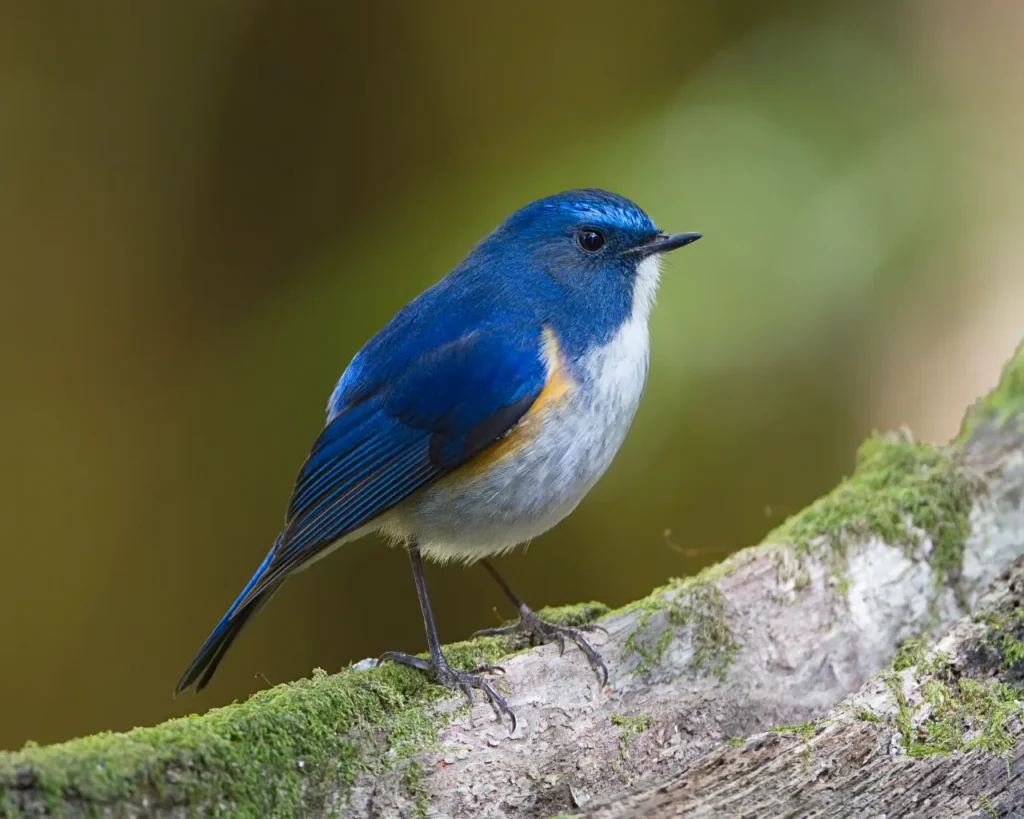
Appearance and Plumage
The Himalayan Bluetail, scientifically known as Tarsiger rufilatus, is a small passerine bird belonging to the family Muscicapidae. It displays stunning blue plumage on its upperparts, which contrasts beautifully with its orange-red throat and breast. The belly and flanks are a creamy white, while the tail feathers are long and black, adding a touch of elegance to its appearance. The male and female Himalayan Bluetails have similar plumage, with the male typically exhibiting brighter and more intense colors.
Habitat and Distribution
The Himalayan Bluetail is native to the mountainous regions of the Himalayas, extending from Afghanistan and Pakistan to Bhutan, Nepal, and parts of northern India and China. It primarily inhabits coniferous forests, mixed forests, and scrublands at altitudes ranging from 2,000 to 4,500 meters (6,500 to 14,800 feet) above sea level. These birds are often found near streams, forest edges, and open clearings within their habitat.
Behavior and Vocalizations
Himalayan Bluetails are known for their shy and elusive nature, often staying hidden within the thick vegetation of their forested habitats. They feed primarily on insects, foraging on the ground or low in the undergrowth. During the breeding season, the male Bluetail displays its courting behavior by erecting its crown feathers and performing elaborate flight displays. Their melodious song consists of a series of rich, flute-like whistles and trills, adding a delightful melody to the mountain air.
Breeding and Family Life
The breeding season for Himalayan Bluetails occurs from April to July. They build cup-shaped nests made of grass, leaves, and moss, typically situated in dense shrubs or low tree branches. The female lays a clutch of 3-5 eggs, which are incubated by both parents. Once the eggs hatch, both parents work together to feed and care for the young birds until they fledge and become independent.
Conservation and Protection
The Himalayan Bluetail, like many other bird species, faces various threats to its survival. Habitat loss, fragmentation, and degradation due to deforestation, unsustainable logging, and infrastructure development pose significant challenges. Climate change also impacts the availability of suitable habitats and alters the timing of breeding and migration. Conservation efforts aim to protect their forested habitats, establish protected areas, and raise awareness about the importance of preserving these fragile ecosystems.
Ecological Significance
The Himalayan Bluetail plays an essential role in its ecosystem as an insectivore. By consuming insects and other invertebrates, they help control populations and contribute to the balance of their forested habitats. They are also important pollinators, as they visit flowers while foraging for nectar, aiding in the pollination of various plant species.
Appreciating Nature’s Treasures
Encountering a Himalayan Bluetail in the pristine landscapes of the Himalayas is a true gift. Their vibrant colors, secretive nature, and beautiful song serve as a reminder of the awe-inspiring biodiversity that thrives in these mountainous regions. By valuing and conserving their habitats, we ensure the continued existence of these avian treasures and protect the delicate balance of nature in the Himalayas.
The Himalayan Bluetail, with its captivating blue plumage and melodious song, is a symbol of the breathtaking beauty and diversity of the Himalayan region. As we immerse ourselves in the wonders of this species, let us also recognize the importance of conserving their habitat and protecting the intricate ecosystems they call home. Through our collective efforts, we can ensure that the Himalayan Bluetail continues to grace the mountains with its presence for generations to come.
